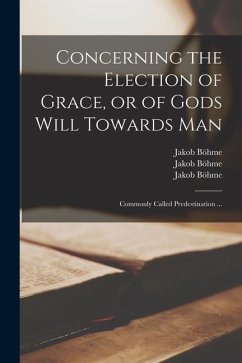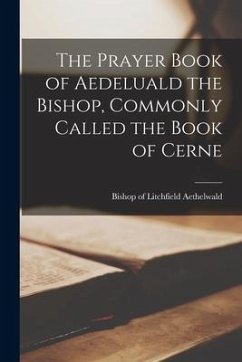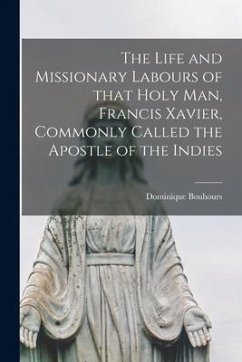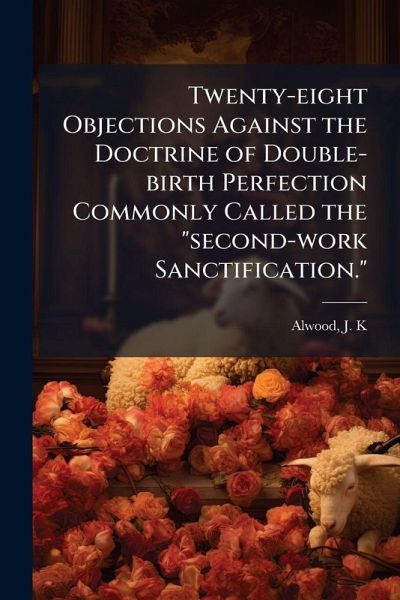
Twenty-eight Objections Against the Doctrine of Double-birth Perfection Commonly Called the "second-work Sanctification."
Versandkostenfrei!
Versandfertig in über 4 Wochen
25,99 €
inkl. MwSt.

PAYBACK Punkte
13 °P sammeln!
In "Twenty-eight Objections Against the Doctrine of Double-birth Perfection Commonly Called the 'second-work Sanctification, '" J.K. Alwood presents a detailed theological critique of the doctrine of Christian perfection, a key tenet within Wesleyan-Methodist theology. Written in 1880, this work engages directly with arguments supporting the idea of a 'second blessing' or 'second work of grace' that leads to complete sanctification. Alwood meticulously outlines twenty-eight distinct objections, offering a counterpoint to prevailing views on holiness and spiritual attainment. This book provides...
In "Twenty-eight Objections Against the Doctrine of Double-birth Perfection Commonly Called the 'second-work Sanctification, '" J.K. Alwood presents a detailed theological critique of the doctrine of Christian perfection, a key tenet within Wesleyan-Methodist theology. Written in 1880, this work engages directly with arguments supporting the idea of a 'second blessing' or 'second work of grace' that leads to complete sanctification. Alwood meticulously outlines twenty-eight distinct objections, offering a counterpoint to prevailing views on holiness and spiritual attainment. This book provides valuable insight into 19th-century theological debates surrounding sanctification and Christian perfection. It remains relevant for scholars and students interested in Methodist history, Wesleyan theology, and the broader development of holiness movements. Readers will find Alwood's arguments thought-provoking, offering a nuanced perspective on a complex theological issue that continues to be discussed today. This work has been selected by scholars as being culturally important, and is part of the knowledge base of civilization as we know it. This work was reproduced from the original artifact, and remains as true to the original work as possible. Therefore, you will see the original copyright references, library stamps (as most of these works have been housed in our most important libraries around the world), and other notations in the work. This work is in the public domain in the United States of America, and possibly other nations. Within the United States, you may freely copy and distribute this work, as no entity (individual or corporate) has a copyright on the body of the work. As a reproduction of a historical artifact, this work may contain missing or blurred pages, poor pictures, errant marks, etc. Scholars believe, and we concur, that this work is important enough to be preserved, reproduced, and made generally available to the public. We appreciate your support of the preservation process, and thank you for being an important part of keeping this knowledge alive and relevant.



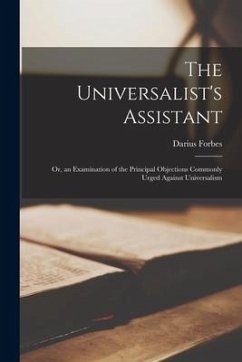

![History of Philip's War, Commonly Called the Great Indian War of 1675 and 1676 [microform]: Also of the French and Indian Wars at the Eastward, in 168 Cover History of Philip's War, Commonly Called the Great Indian War of 1675 and 1676 [microform]: Also of the French and Indian Wars at the Eastward, in 168](https://bilder.buecher.de/produkte/65/65636/65636760n.jpg)
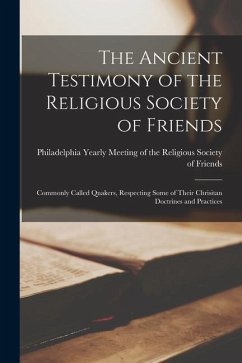
![The History of the Great Indian War of 1675 and 1676, Commonly Called Philip's War [microform]: Also, the Old French and Indian Wars, From 1689 to 170 Cover The History of the Great Indian War of 1675 and 1676, Commonly Called Philip's War [microform]: Also, the Old French and Indian Wars, From 1689 to 170](https://bilder.buecher.de/produkte/65/65604/65604581n.jpg)
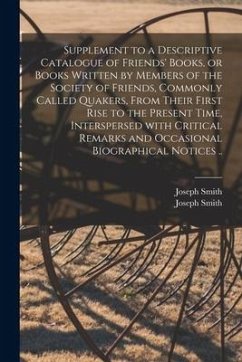
![The British Catholic Church [microform]: Being a Sketch of the Apostolic Church of the British Empire Commonly Called the Church of England Cover The British Catholic Church [microform]: Being a Sketch of the Apostolic Church of the British Empire Commonly Called the Church of England](https://bilder.buecher.de/produkte/66/66174/66174779n.jpg)
